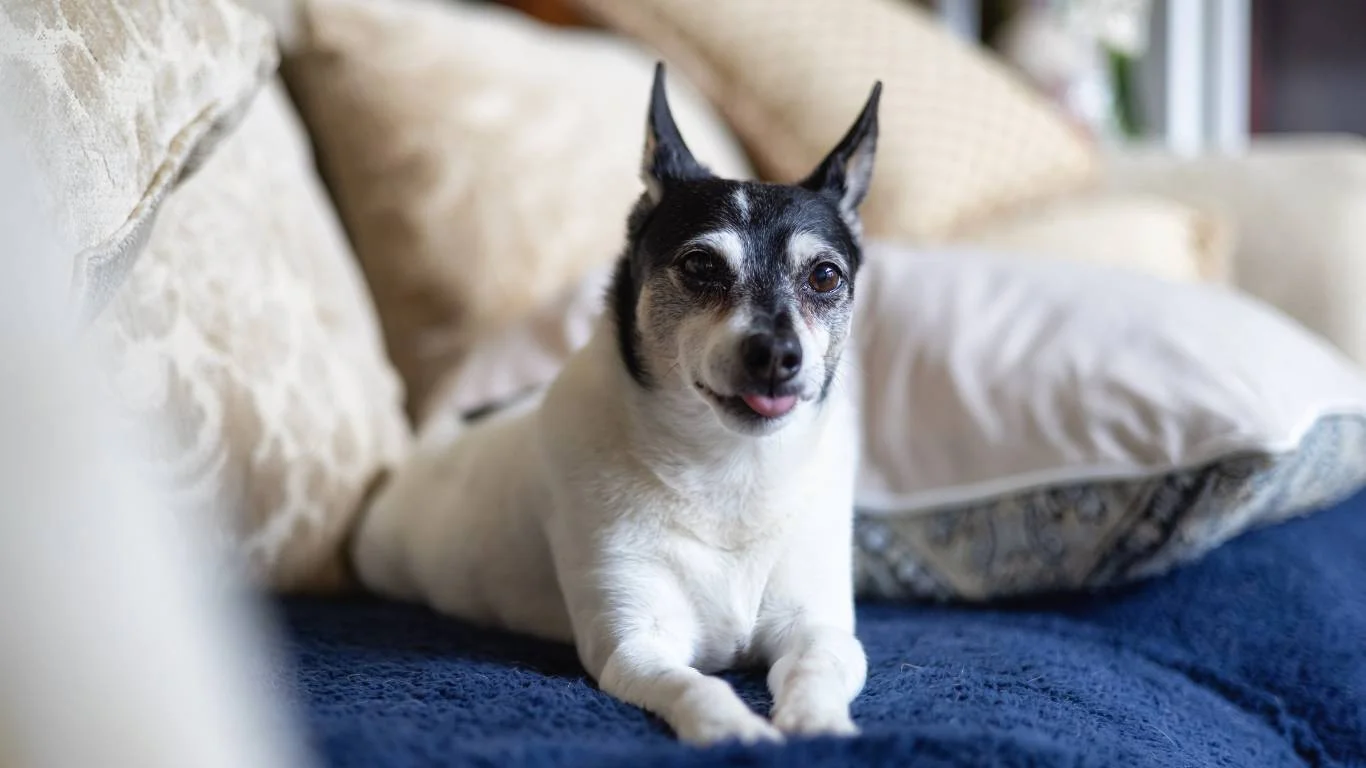How to Massage a Dog with Joint Pain for Lasting Relief
Ever watched your senior pup struggle to stand up after a nap or hesitate before hopping onto the couch? Yeah, I’ve been there—those little signs of discomfort can tug at your heart. If you’re wondering how to massage a dog with joint pain, you’re not alone. It’s actually one of the most common questions I hear from pet parents, especially those with aging or arthritic dogs. Over the years working as a vet assistant, I’ve picked up some really helpful techniques, and I want to share those with you in a way that feels doable and not overly clinical.
Understanding Joint Pain in Dogs

First off, let’s talk about what’s actually happening inside your dog’s joints. Whether it’s arthritis, hip dysplasia, or just wear and tear from years of zoomies, joint pain stems from inflammation and reduced mobility in the joints. You might notice stiffness, limping, or reluctance to move. It’s tough to see, but there are gentle, effective ways to help—and massage is one of the simplest and most soothing tools in your kit.
Why Massage Helps: More Than Just Pampering

This isn’t just spa-day stuff. Massage increases blood flow, reduces muscle tension, and helps lubricate those sore joints. It can even help your dog sleep better. In the clinic, I’ve seen massage calm even the most anxious patients, especially when paired with calming voices and steady hands. Done right, it becomes more than therapy—it’s bonding time.
Benefits of Dog Massage for Joint Pain
- Improved circulation to help reduce inflammation
- Loosens tight muscles around joints
- Increases range of motion gradually over time
- Relieves stress and supports emotional well-being
One of my regular clients—a sweet old Lab named Daisy—used to struggle getting up the clinic steps. After a few weeks of consistent at-home massage by her mom (with some tips from me), she was actually trotting in with her tail wagging again. Not a miracle, but definitely meaningful progress.
How to Massage a Dog with Joint Pain: Getting Started

Alright, now for the good stuff—how to massage a dog with joint pain safely and effectively. Start slow, be patient, and always read your dog’s body language. The goal isn’t deep tissue work—it’s more about comfort, rhythm, and presence.
Set the Scene
- Pick a quiet space where your dog feels safe—maybe their bed or a favorite rug.
- Make sure your hands are warm. Cold hands = not fun for your pup.
- Use calming energy. Dogs totally pick up on your vibe. If you’re tense, they’ll feel it.
Simple Massage Techniques to Try
These are the ones I teach most often because they’re easy, effective, and don’t require any fancy tools:
- Effleurage: This is a light stroking motion. Use the flats of your hands and glide slowly from the neck down the back. This gets your dog relaxed and helps increase blood flow.
- Petrissage: Gently knead the muscles along the shoulders and thighs. Avoid direct pressure on joints. Think gentle bread dough kneading.
- Passive Range of Motion: Carefully move a limb through its natural range (only if your dog allows). Great for hips and elbows, but keep it subtle.
Pro tip from the clinic: Watch for signs your dog is enjoying it—soft eyes, relaxed breathing, maybe even a little sigh. If they pull away or look tense, back off. Let them lead the session.
Massage doesn’t replace vet care or meds, but when used as part of a full plan, it can seriously up your dog’s comfort level. And honestly, it’s kind of a beautiful ritual to share with your dog, especially as they age.
Targeting Key Areas: Where Dogs Feel It Most

Now that you’ve got the basic techniques down, let’s zoom in a bit on specific spots where dogs with joint pain usually need the most TLC. Keep in mind every dog is different—what works wonders for one might not hit the same for another. I always tell pet parents to “let
Advanced Massage Techniques for Dogs with Joint Pain

By now, you’re probably feeling pretty confident about the basics of how to massage a dog with joint pain. Let’s step it up a notch with some advanced techniques that can really help improve mobility and comfort—especially for dogs with chronic issues.
Gentle Stretching and Passive Movements
One thing I learned early on working alongside vets and physical therapists is that massage works best when paired with gentle stretching. This helps maintain joint flexibility and prevents muscles from tightening up.
For example, you can slowly extend your dog’s limbs in a controlled way—nothing forceful, just enough to feel a little stretch. I often say, “think slow yoga for dogs.” Make sure your pup is relaxed, and watch their reactions closely. If they pull away or seem uncomfortable, ease off immediately.
Trigger Point Release
This is a technique I only recommend if you’re really comfortable and your vet has given the okay. It involves applying gentle, steady pressure to tight spots or “knots” in the muscles around the joints. I remember one older golden retriever who had tight muscles around his hips—once we identified those trigger points, releasing them made a noticeable difference in his gait.
If you’re curious, a great way to start is by using your fingertips to press gently in circular motions on tense muscles. Hold for 10-15 seconds and see if your dog relaxes. Never press on bones or joints directly.
Using Massage Tools
Sometimes your hands might get tired, or your dog really loves a certain kind of pressure. There are massage tools designed specifically for pets—soft rubber brushes, gentle rollers, or even vibrating massagers. I usually recommend something gentle and vet-approved, because skin sensitivity varies wildly from dog to dog.
Personally, I use these tools sparingly, mainly to help warm up muscles before a hand massage session. If you go this route, always watch your dog’s comfort level and keep sessions short.
Incorporating Massage into Daily Life

The biggest secret to success? Consistency. Massage isn’t a one-and-done miracle—it’s something you weave into your dog’s routine. Think of it like brushing their teeth or feeding them—it becomes a natural part of your day together.
Tips for Making It Routine
- Pick the right time: I find evenings work best, when dogs are winding down and more receptive.
- Keep sessions short: Even 5-10 minutes daily can add up to big improvements.
- Create positive associations: Pair massage with treats, soft talking, or their favorite calm spot.
- Track progress: Keep a simple journal or app note of what you did and how your dog responded.
One thing I always stress to pet parents: don’t stress yourself out trying to be perfect. Dogs are incredibly intuitive and they’ll appreciate your effort just as much as the massage itself.
When to Call in the Professionals
While at-home massage is fantastic, some cases really benefit from professional hands. Certified canine massage therapists or veterinary rehabilitation specialists have advanced training and can tailor treatments specifically for your dog’s needs.
Signs it might be time to book a session:
- Persistent or worsening limping
- Sudden changes in behavior or mobility
- Complex conditions like severe arthritis, neurological issues, or post-surgery recovery
From my experience assisting in clinics, these professionals can also teach you new techniques to use at home and provide a comprehensive care plan that includes massage, exercise, and nutrition.
References
- American Veterinary Medical Association
- American College of Veterinary Internal Medicine
- VCA Animal Hospitals
Disclaimer
This article is for informational purposes only and is not a substitute for professional veterinary advice, diagnosis, or treatment. Always consult your veterinarian before starting any new treatment or therapy for your pet. If your dog shows signs of severe pain, swelling, or other concerning symptoms, seek immediate veterinary care.






